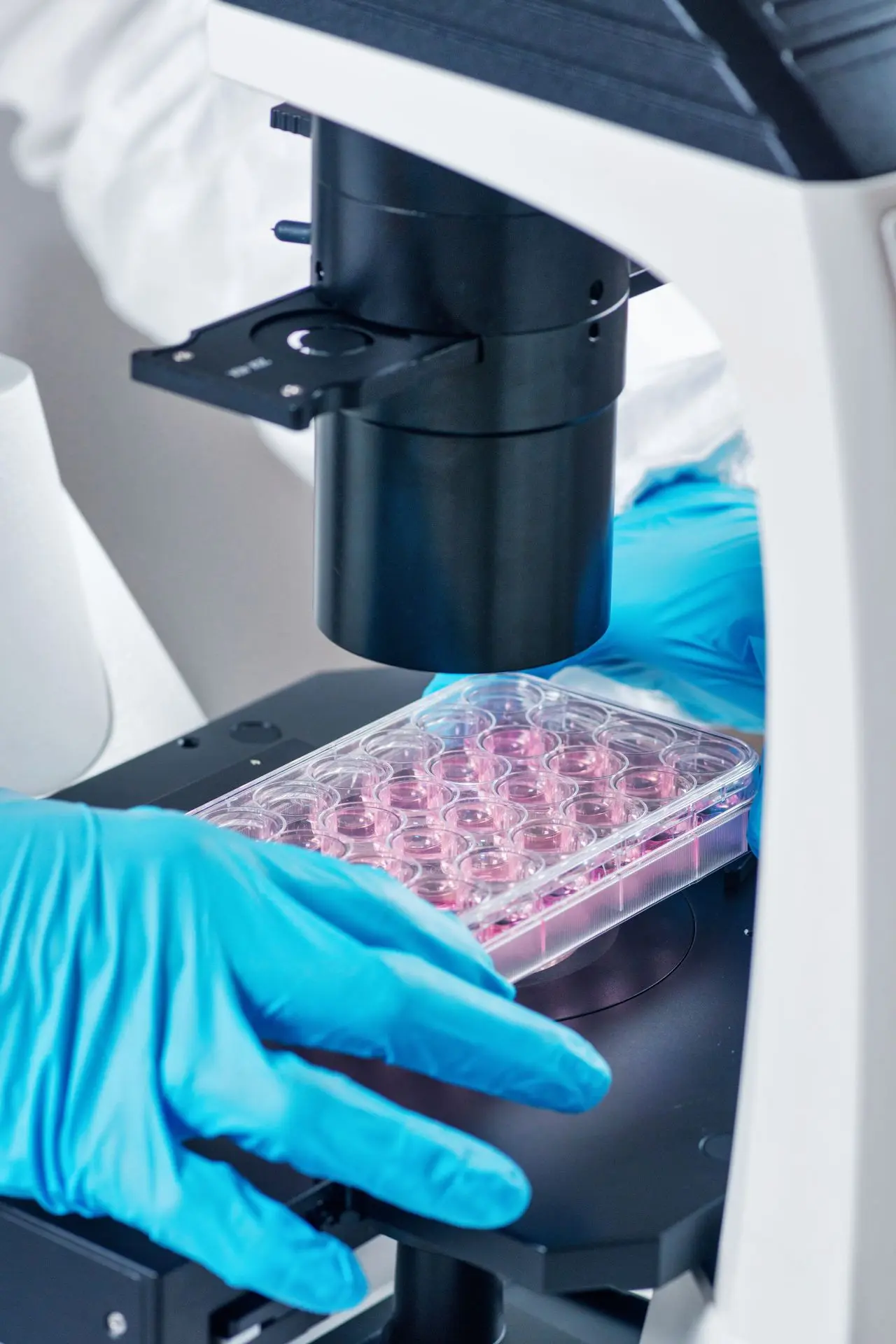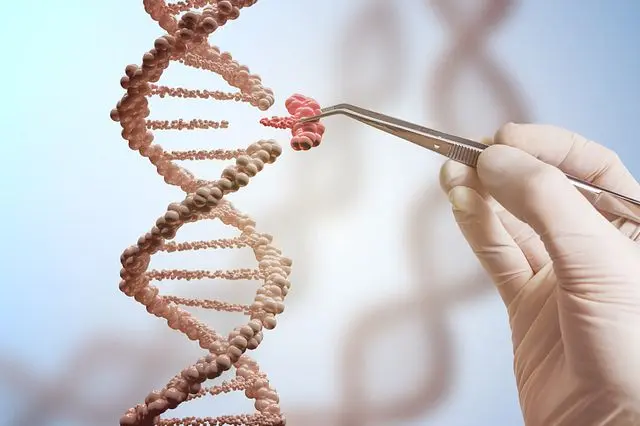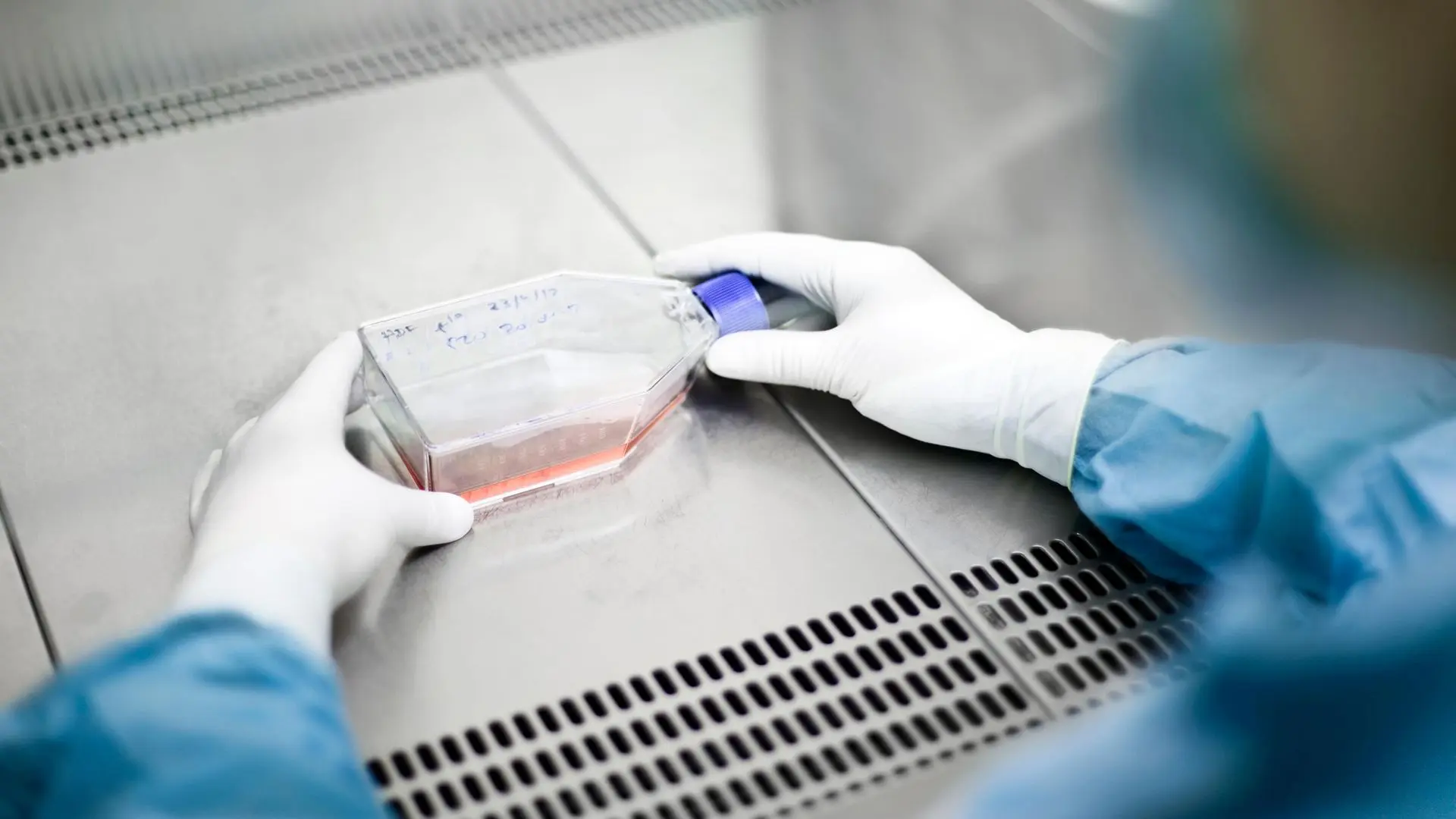Introduction
This blog explores the science behind therapeutic treatments, including their formulation, development pipeline, clinical applications, and emerging trends in personalized medicine and advanced therapies.
Therapeutic medicines are essential in today's healthcare landscape, offering targeted solutions for a variety of diseases. The processes involved in their development, regulation, and clinical use are intricate and scientifically driven.
Understanding Therapeutic Medicines
Therapeutic medicines are pharmaceutical agents designed to treat, cure, or prevent diseases. This category encompasses small-molecule treatments, biologics, gene therapy products, and advanced cell-based therapies. Each type operates through unique biochemical and physiological mechanisms to address disease pathology and restore normal function.
Types of Therapeutic Medicines
Small-Molecule Treatments
These are chemically synthesized compounds characterized by a specific structure and mechanism of action. Common examples include aspirin, antibiotics, and chemotherapy medicines. Their smaller size allows for oral administration and the ability to cross cell membranes to engage with intracellular targets. The development of small-molecule treatments involves medicinal chemistry, computational drug design, and high-throughput screening techniques to enhance binding efficiency and minimize toxicity.
Biologics
These are large, complex molecules sourced from living cells, such as monoclonal antibodies, vaccines, and recombinant proteins. Biologics have transformed the management of chronic diseases like cancer, autoimmune disorders, and metabolic conditions. Unlike small molecules, these therapies usually require injection due to their size and instability when taken orally.

Gene Therapy Medicines
These therapies involve the introduction, removal, or alteration of genetic material to treat or prevent diseases. Recent advancements in CRISPR-Cas9 technology and viral vector delivery systems have allowed for precise modifications of genes, offering potential cures for inherited disorders, hemophilia, and specific types of cancer. New developments in non-viral delivery methods, such as lipid nanoparticles, are enhancing the safety and effectiveness of gene therapies.

Cell-Based Therapies
This category includes stem cell therapies and CAR-T cell therapies, which utilize the transplantation of live cells to address conditions like leukemia and autoimmune diseases. Researchers are investigating induced pluripotent stem cells (iPSCs) and mesenchymal stem cells for their potential in regenerative medicine, aiming to provide treatments for neurodegenerative diseases, heart injuries, and diabetes.

The Therapeutic Development Pipeline
Creating a therapeutic medicine is a highly regulated, multi-stage process that can take over a decade, involving extensive research, preclinical and clinical trials, and regulatory approvals.
The main stages include :
1. Treatment Discovery and Preclinical Research
- Target Identification: Researchers pinpoint a biological molecule (such as a protein or receptor) that plays a role in disease pathology.
- Lead Compound Screening: Collections of chemical or biological molecules are evaluated for their potential therapeutic effects.
- Optimization: The most promising compounds are refined for effectiveness, safety, and stability.
- Preclinical Testing: Animal models and in-vitro studies are used to evaluate the treatment's pharmacokinetics, pharmacodynamics, and toxicity profiles.
The use of computational modeling and artificial intelligence is becoming more common in treatment discovery to forecast molecular interactions, speeding up the process of identifying viable candidates.
Additionally, organoids and microfluidic "organ-on-a-chip" models are enhancing preclinical testing by offering conditions that are more physiologically relevant than traditional animal models.
2. Clinical trials are multi-phase studies involving human volunteers aimed at assessing the safety, effectiveness, and appropriate dosing of new treatments
- Phase I (Safety & Dosage Assessment): These are small-scale trials with 20 to 100 participants, designed to evaluate pharmacokinetics, dosage levels, and potential side effects.
- Phase II (Efficacy & Side Effects): In this phase, medium-scale trials with 100 to 500 participants focus on determining therapeutic efficacy and further assessing safety.
- Phase III (Large-Scale Evaluation): This phase involves large-scale trials with over 1,000 participants to confirm efficacy, monitor adverse effects, and compare the new treatment with existing standard therapies.
- Phase IV (Post-Market Surveillance): These are ongoing studies conducted after a treatment has received market approval to evaluate long-term effects and identify any rare side effects.
The use of patient stratification and biomarker-based clinical trials is becoming increasingly common, enabling more targeted and effective treatments while reducing trial sizes and enhancing success rates.
3. Regulatory Approval
Before a new therapeutic medicine can be used in clinics, it must pass through a thorough evaluation by regulatory bodies like the U.S. Food and Drug Administration (FDA) or the European Medicines Agency (EMA).
Approval is based on evidence of safety and efficacy gathered from clinical trials. The introduction of accelerated approval pathways, such as the FDA’s Breakthrough Therapy Designation, helps ensure that life-saving treatments can reach patients more quickly.
Conclusion
Therapeutic medicines remain fundamental to modern healthcare, tackling a diverse array of conditions through innovative development and clinical applications.
Ongoing research and innovation will propel the next wave of therapeutic breakthroughs, enhancing global health outcomes and reshaping medical treatment approaches.
Want to discover other blogs, check them out here !

